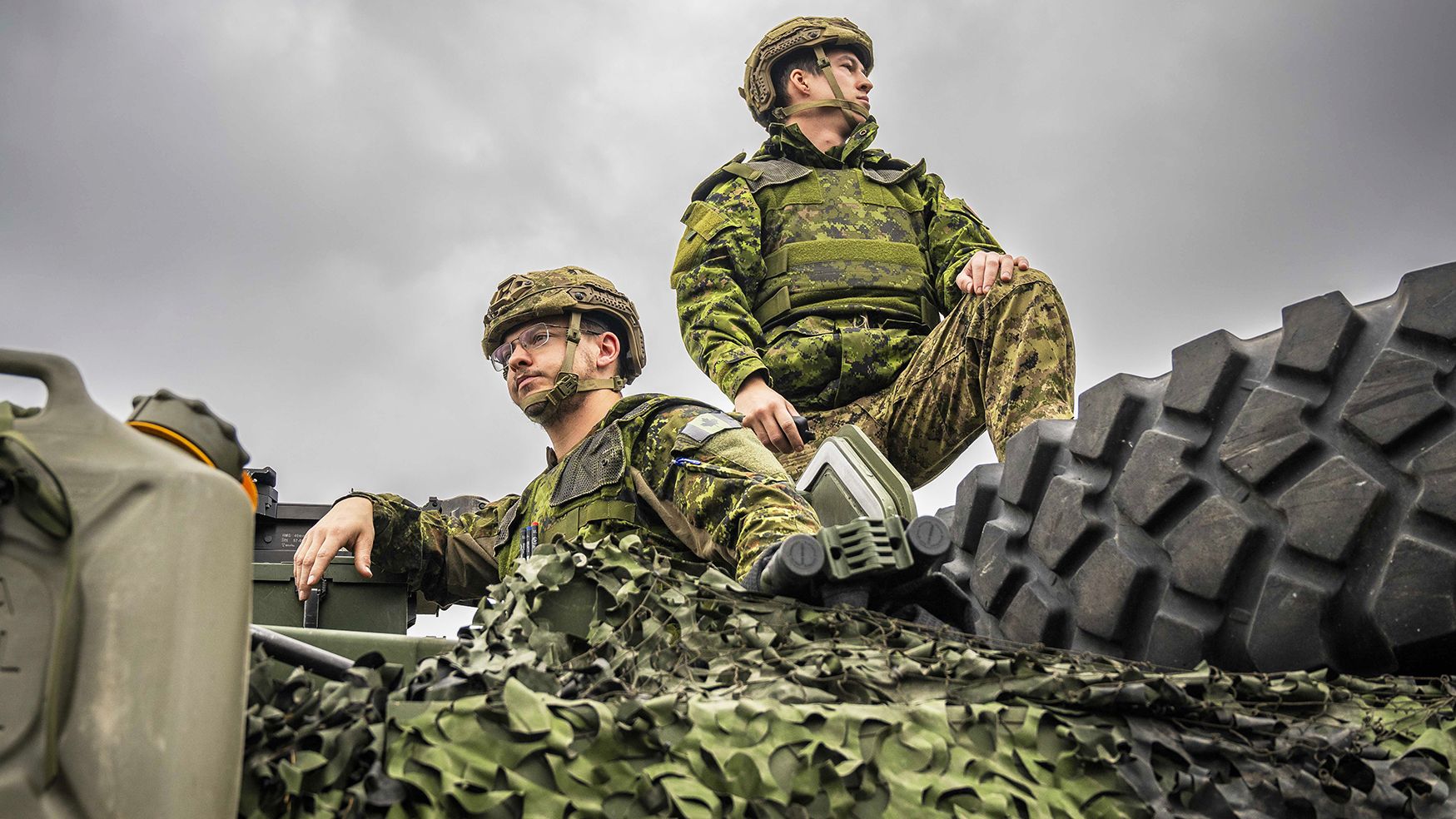Northern Assessment
Nunavut - 36,858 (2,039,000 km2)
Northwest Territories - 41,070 (1,346,000 km2)
Yukon - 46,704 (482,443 km2)
-------------------------------------
124,632 Inhabitants
48,541 in Yellowknife and Whitehorse.
3,867,443 km2 (39% of Canada)
Labrador - 26,655 (294,330 km2)
Abitibi-Baie James-Nunavik-Eyou - 89,087 (854,754 km2)
Cote Nord - Kawawachikamach - Nitassinan - 92,518 (234,442 km2)
Kapuskasing-Timmins-Mushkegowuch - 93,948 (251,599 km2)
Thunder Bay - Superior North - 82,651 (87,965 km2)
Kenora - Kiiwetinoong - 61,962 (321,741 km2)
Churchill - Keewatinook Aski - 81,258 (494,701 km2)
Desnethe - Missinippi-Churchill River - 37,845 (342,903 km2)
Fort McMurray - Cold Lake - 110,163 (76,006 in the town of Fort McMurray, 15,661 in Cold Lake) - 19,000 (142,981 km2)
Peace River - Westlock - 113,907 (6619 in the town of Peace River, 4921 in Westlock) (105,095 km2)
Grande Prairie - 106,738 (70,385 in the town of Grande Prairie) (58,825 km2)
Prince George - Peace River - Northern Rockies - 116,962 (76,708 in the town of Prince George) (249,110 km2)
Skeena - Bulkley Valley - 89,689 (12,300 in the town of Prince Rupert) (327,275 km2)
-------------------------------------------------------------------------------------------
1,129,575 Total Inhabitants
264,251 in Prince George, Fort McMurray, Grande Prairie and Timmins.
3,593,796 km2 - (36% of Canada)
Greenland - 56,865
Alaska - 740,133
....
74% of Canada in inhabited by 1,254,207 people, majority First Nations and the majority of the 1,807,250 Canadians that self-identify as First Nations.
3 territories and 13 federal ridings within provincial boundaries.
....
Seems to me like a very small number of people to keep happy given the potential consequences of them fully realizing their aboriginal title.

www.twz.com





